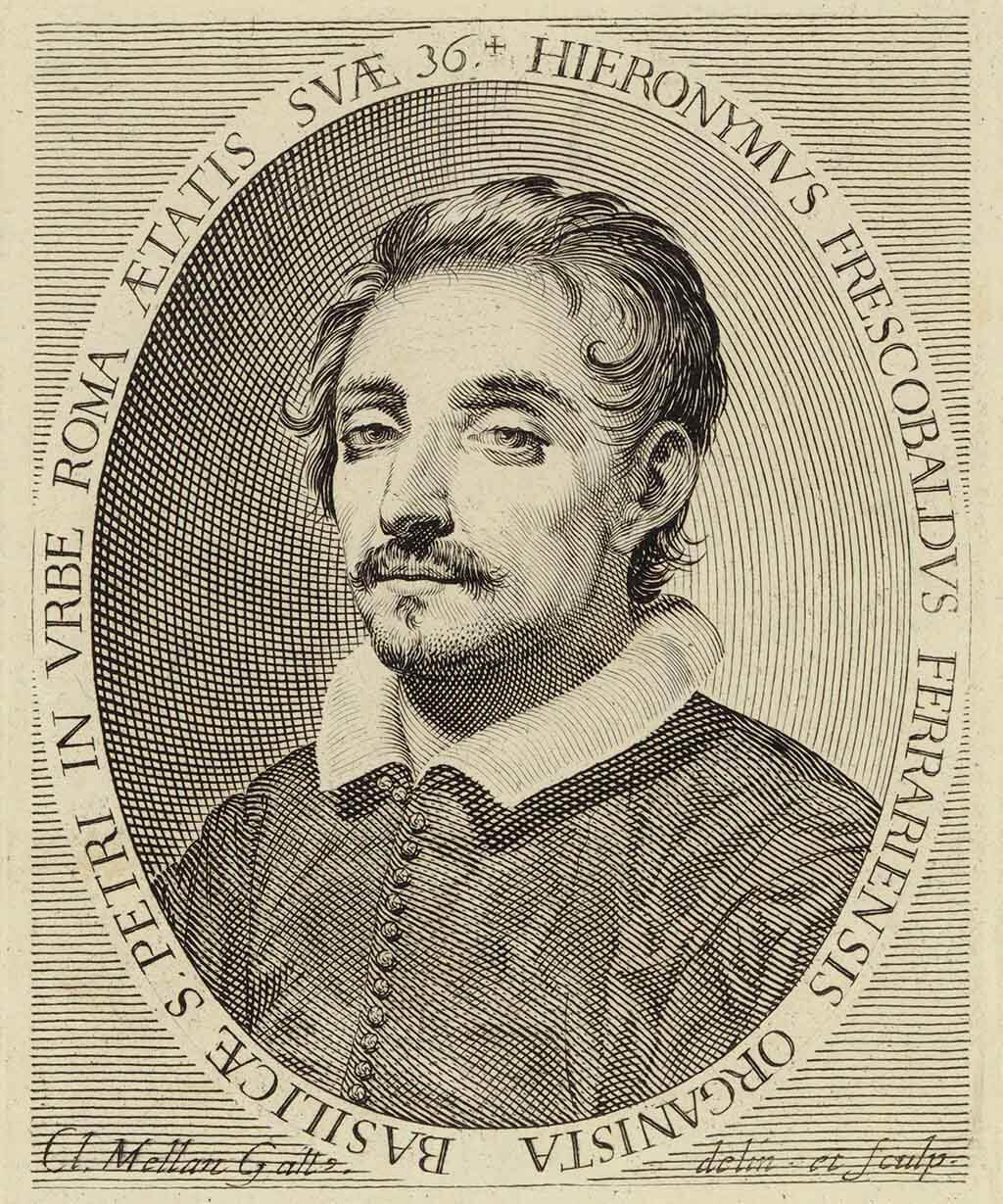
The Toronto Consort at Jeanne Lamon Hall. Repeats Saturday, Oct. 20. Tickets available at torontoconsort.org.
Let us now praise Frescobaldi. Seldom heard on these shores today, the Italian composer was once a monumental figure in Seventeenth-Century Italy, with a CV that reads like a tourist guidebook of Italy. Organist at St. Peter’s Basilica, court musician to the Medici Duke of Florence, a touring child prodigy two hundred years before Mozart and a counterpoint over a century before Bach, Frescobaldi stood with one foot in the late Renaissance and another in the early Baroque, with a body of work that is as difficult to interpret as it is technically challenging to play.
But with great risk comes great reward. Such was the challenge posed to The Toronto Consort’s program Frescobaldi & The Glories of Rome, under the artistic direction of recorderist Alison Melville and the first concert of their 2018-19 season. And while the Italian composer and organist is still well-known (or at least should be) among keyboard players for his solo keyboard works, the Frescobaldi compositions that get much less performance time are his secular madrigals and chamber works, which although obscure to contemporary audiences, were written in a similar style to Monteverdi’s and are enjoyable in their own right.
As a composer of solo and chamber works, Frescobaldi couldn’t have done much better than the Consort’s performances last night. Harpsichordist Paul Jenkins showed off both the Italian Master’s flashy and contemplative side in the Recercar quarto sopra Mi, Re, Fa, Mi, and the Capriccio sopra la Bassa Fiamenga. Both are dense pieces requiring a sensitive ear and a deft technique, and Jenkins was able to give us a brief glimpse of the composer at his very best.
Guest artist Esteban La Rotta also shone on chitarrone with a sensitive solo toccata by Giovanni Kapsberger — the one piece of the evening which compelled applause from the audience. And the band was in full swing on several instrumental jams led by Melville, including a traditional folia and instrumental tunes by Giovanni Ferrini and Gasparo Zanetti.
But what to do about Frescobaldi’s madrigals? Like Monteverdi’s they rely heavily on word-painting, with textures and effects that can pivot on a dime, and are ideally written for an audience which has, at the very least, a working knowledge of Italian. They’re harrowing for the best of singers in even deal circumstances, but the group decided to make it even more difficult for themselves by doing many of them a cappella. You can probably guess what happened. It did not sound confident. There were intonation issues. We all felt awkward. So it goes.
The group also went with a multi-media theme, which featured background projections of period art as well as photographs of Rome by Vladimir Novikov. It seemed like the visuals were welcomed by the audience, but they just as often served to distract us from the music onstage. I’m not sure the musicians appreciated having to compete for the audience’s attention.



